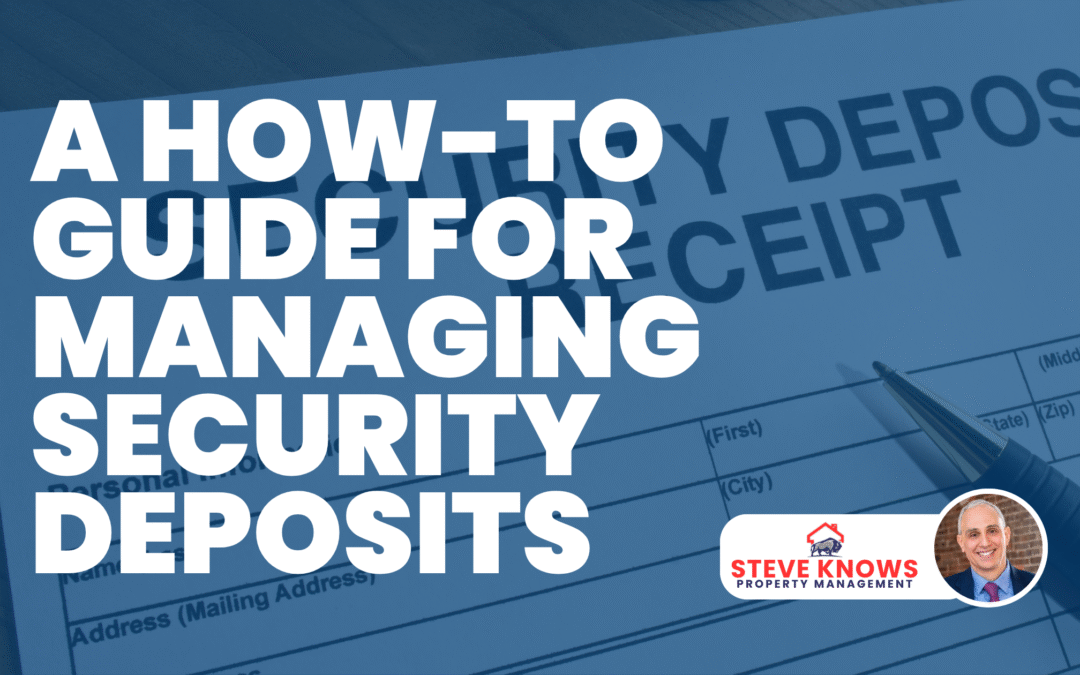A How-To Guide For Managing Security Deposits
There are clear processes for many steps in the tenant life cycle — like showing the apartment, screening prospects, collecting rent, and more. But once a tenant is ready to move out, how do you handle the security deposit?
Here are some thoughts and guidelines on how to handle this important part of closing out a tenant’s account.
Establish (and Document!) The Property’s Condition At Move-In
Managing a tenant’s security deposit actually starts just before they move in. At Nickel City Property Management, our walkthrough procedure is to meet the incoming tenant at the property approximately five to seven days before move-in to review the property and conduct a pre-move inspection.
This allows us to establish a baseline for the property’s condition (a “before” picture, if you will) in order to accurately compare the condition when the tenant does move out.
Use the Pre-Move Out Inspection as An Opportunity to Plan
New York state law requires that outgoing tenants be offered a pre-move out inspection between seven and 14 days before their move out date. The purpose of this walkthrough is to point out areas that could result in security deposit charges, giving the tenant the chance to remedy those issues.
Yes, it’s required by law — but these walkthroughs are a valuable opportunity for you, too. This is your chance to see what condition the property is in before the tenant moves out and the unit is vacant. For example, if you notice that a unit needs to be fully repainted a week before the move out day, you can organize a contractor to start immediately after the tenant moves out.
Planning renovation efforts proactively can reduce vacancy, which is one of the largest loss areas landlords experience, and save money.
Making Deduction Decisions
Once the tenant is moved out, how do you decide what to deduct from the tenant’s security deposit … and what’s considered “normal” wear and tear?
This can be challenging, as there are no written rules for landlords to follow. I recommend the wear and tear guide put out by the Department of Housing and Urban Development (HUD), which lists the normal expected life of items in an apartment, like interior paint, carpet, kitchen appliances, smoke detectors, and more.
Let’s say a tenant moved out after five years, and there was some damage to the carpet. By HUD’s guidelines, the life expectancy for carpet is between five to seven years, so you wouldn’t be able to deduct the full value of the carpet replacement.
Following these guidelines doesn’t just simplify decision-making. It also puts you in a strong position if a tenant challenges you in small claims court for deductions made on their security deposit.
After the security deposit deductions are finalized, you need to prepare a summary and send it to the outgoing tenant. (A point to note: This summary, and a check for any remaining amount of the security deposit, must be sent within 14 days of move out or you will forfeit any deposit deductions.)
Security deposit deductions shouldn’t be an afterthought. They’re an important concluding step in the tenant lifecycle.
Have questions? Reach out and contact me at steve@nickelcity-pm.com.
(Note: The guidelines mentioned above apply to New York State and vary in other states.)


